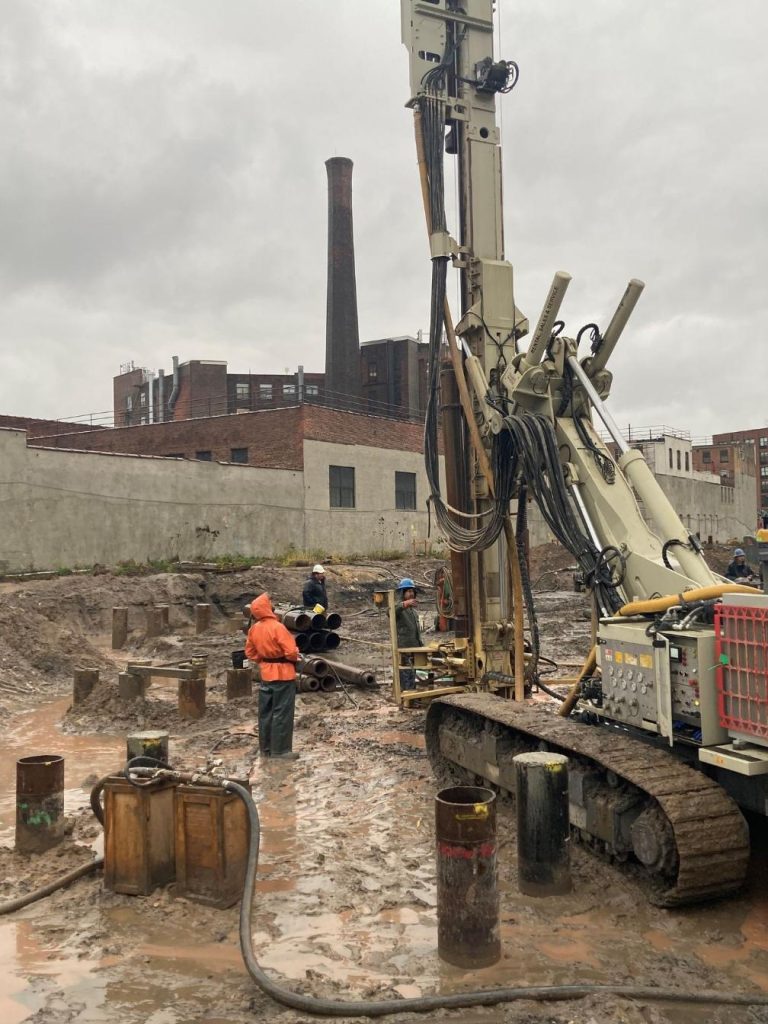Transforming coastal landscapes requires a delicate balance of expertise, innovation, and respect for the environment. As waves gently lap against the shore and seabirds glide overhead, the allure of coastal areas is undeniable. Yet, these picturesque landscapes demand thoughtful construction services that harmonize with nature rather than disrupt it. At the heart of coastal landscape transformation lays the need for expert construction services that understand the unique challenges and opportunities presented by such environments. Coastal regions are inherently dynamic, shaped by the relentless forces of wind, water, and tides. Building here demands not just technical prowess but also a deep understanding of environmental sustainability and resilience. One of the primary considerations in coastal construction is erosion control. The constant ebb and flow of tides can erode shorelines over time, threatening infrastructure and habitats alike.
 Expert construction services employ innovative techniques such as beach nourishment, where sand and sediment are strategically placed to bolster natural defenses against erosion. Additionally, the use of eco-friendly materials and techniques helps minimize the environmental footprint of construction activities, ensuring that the beauty of coastal landscapes endures for generations to come. Beyond erosion control, coastal construction must also navigate regulatory landscapes designed to protect sensitive ecosystems. Local and federal regulations often dictate setback distances, building heights, and materials usage to safeguard wildlife habitats, nesting grounds, and fragile dune systems. Expert construction services are well-versed in navigating these regulations, ensuring compliance while achieving project goals that enhance rather than detract from the natural beauty of the coastline. Moreover, coastal construction projects frequently incorporate elements of biodiversity conservation and habitat restoration. From creating artificial reefs to planting native vegetation, these initiatives not only enhance the resilience of coastal ecosystems but also contribute to the overall health of marine biodiversity. By working closely with environmental experts and stakeholders, construction services can integrate these considerations into their plans, fostering sustainable development practices that benefit both people and nature.
Expert construction services employ innovative techniques such as beach nourishment, where sand and sediment are strategically placed to bolster natural defenses against erosion. Additionally, the use of eco-friendly materials and techniques helps minimize the environmental footprint of construction activities, ensuring that the beauty of coastal landscapes endures for generations to come. Beyond erosion control, coastal construction must also navigate regulatory landscapes designed to protect sensitive ecosystems. Local and federal regulations often dictate setback distances, building heights, and materials usage to safeguard wildlife habitats, nesting grounds, and fragile dune systems. Expert construction services are well-versed in navigating these regulations, ensuring compliance while achieving project goals that enhance rather than detract from the natural beauty of the coastline. Moreover, coastal construction projects frequently incorporate elements of biodiversity conservation and habitat restoration. From creating artificial reefs to planting native vegetation, these initiatives not only enhance the resilience of coastal ecosystems but also contribute to the overall health of marine biodiversity. By working closely with environmental experts and stakeholders, construction services can integrate these considerations into their plans, fostering sustainable development practices that benefit both people and nature.
Innovative design plays a pivotal role in transforming coastal landscapes into vibrant, resilient communities. Structures must withstand not only the elements but also potential impacts from climate change, such as rising sea levels and increased storm intensity. Green building practices, including the use of renewable energy sources and energy-efficient designs, further bolster the sustainability of coastal developments, reducing carbon footprints while enhancing long-term viability. Collaboration is key in coastal construction projects, Marine Bulkheading inc. where engineers, architects, environmental scientists, and community stakeholders must work in tandem to achieve shared objectives. Public engagement and community outreach ensure that local perspectives are heard and integrated into project planning, fostering a sense of ownership and stewardship among residents. Ultimately, the transformation of coastal landscapes through expert construction services represents a commitment to balancing development with environmental stewardship. By embracing innovation, sustainability, and community collaboration, construction services can create enduring landscapes that thrive in harmony with nature.